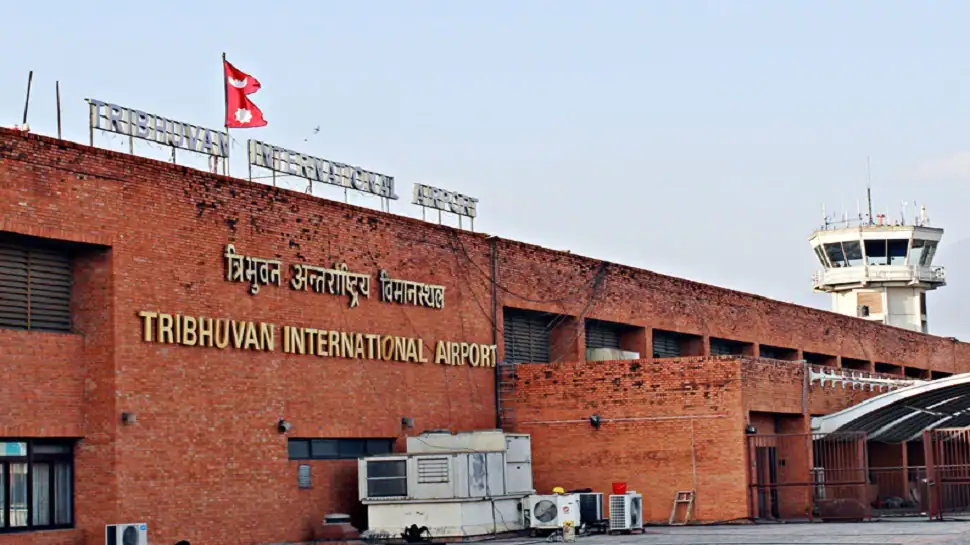
Nepal airport security breach by smugglers: A wake-up call for authorities to strengthen measures and prevent future illicit activities.
Introduction
The recent incident of gold smuggling at Nepal’s Tribhuvan International Airport has raised serious concerns about the effectiveness of airport security measures. In a daring operation, smugglers managed to transport nearly 100 kilograms of gold undetected through the airport’s customs and security checks. This article delves into the intricacies of the smuggling operation, analyzes the potential loopholes in airport security, and highlights the urgent need to bolster aviation safety measures in Nepal.
The Gold Smuggling Caper
On the night of July 18, a group of audacious smugglers orchestrated a well-planned operation to smuggle a significant quantity of gold through Tribhuvan International Airport (TIA) in Kathmandu. Concealed inside seemingly innocent cargo such as motorbike brake shoes and shaving razor blades, the smuggled gold slipped through the customs and security checks, catching the authorities off guard.
While Nepal has been grappling with smuggling issues due to its strategic geographic location between India and China, the success of this particular operation has raised eyebrows and underlined the need for a comprehensive review of airport security protocols.
Potential Loopholes in Airport Security
The successful evasion of airport security by the smugglers suggests the existence of potential loopholes that facilitated their illicit activities. Some of the possible vulnerabilities in Nepal’s airport security system include:
- Technological Constraints: The lack of state-of-the-art technology, such as advanced AI-driven surveillance systems, may have hindered the detection of hidden contraband in cargo shipments. Investing in modern technology is vital to strengthen airport security and deter smuggling attempts.
- Corruption and Collusion: The involvement of corrupt officials or collusion between smugglers and airport personnel can compromise security procedures. Eradicating corruption and ensuring strict adherence to ethical practices among airport staff is crucial in curbing smuggling.
- Resource Limitations: Nepal’s limited manpower and financial resources can pose challenges in conducting thorough inspections of cargo and luggage. Adequate training and allocation of resources to customs officials are essential to maintain a strong security presence.
- Intelligence Sharing: Effective communication and intelligence sharing among different law enforcement agencies can be critical in thwarting smuggling attempts. Timely and accurate information exchange can help identify potential threats and enhance overall airport security.

Strengthening Aviation Safety in Nepal
The incident at TIA serves as a wake-up call for Nepal’s aviation authorities to bolster airport security and safeguard against future smuggling attempts. Here are some recommendations to enhance aviation safety:
- Embrace Advanced Technology: Nepal should invest in state-of-the-art security technology, including AI-driven surveillance systems, advanced X-ray scanners, and trace detection devices. These technologies can significantly improve cargo screening and baggage inspection processes.
- Comprehensive Training and Evaluation: Regular training programs should be conducted for airport staff, customs officials, and security personnel to keep them updated on the latest security protocols and techniques used by smugglers. Periodic evaluation and drills can help identify weaknesses and improve response times.
- Strengthen Collaboration: Nepal should establish stronger partnerships with international agencies, neighboring countries, and airlines to share intelligence on potential smuggling threats. Collaborative efforts can lead to a more coordinated response to transnational smuggling networks.
- Implement Strict Measures against Corruption: Eradicating corruption within airport facilities is paramount. Implementing robust internal controls, whistleblower mechanisms, and transparent auditing processes can help curb unethical practices.
- Heighten Surveillance at Critical Points: Increasing surveillance at key points of the airport, such as cargo terminals, passenger check-in areas, and baggage handling, can deter smugglers from attempting illegal activities.
Conclusion
The smugglers’ success in avoiding airport security in Nepal is a warning for the country’s aviation authorities. It shows that there are weaknesses in the airport’s security measures that need to be addressed. This incident should make the authorities take this issue seriously and find ways to improve airport security to prevent such incidents from happening again. It’s a lesson they must learn from to keep everyone safe and secure while traveling.Addressing potential vulnerabilities and strengthening airport security measures is crucial to maintaining the safety and integrity of air travel in Nepal. By embracing advanced technologies, enhancing cooperation with international partners, and taking strict measures against corruption, Nepal can ensure that such incidents are prevented in the future. Upholding a robust aviation security system will not only safeguard the country’s reputation but also inspire confidence among passengers and stakeholders in the aviation industry.
Also Read | Most outsourced coders in India will be gone in 2 years due to A.I. reports





Discussion (1)
Share Your Thoughts